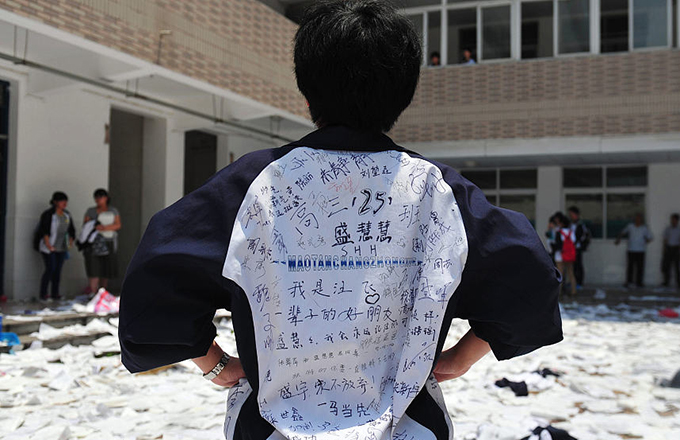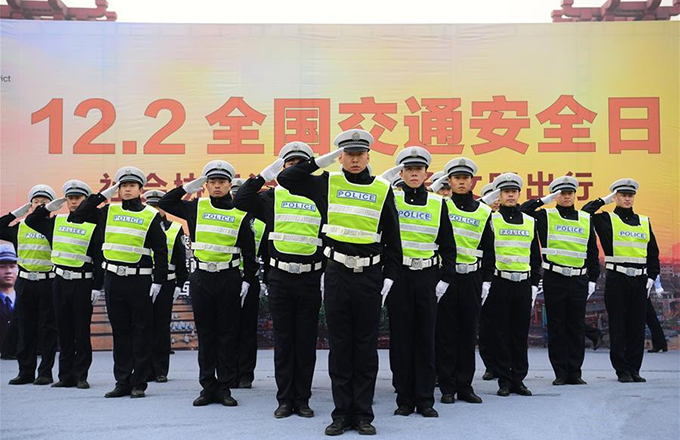One Belt One Road:The Engine of the Global Cooperation Mechanism
The Belt and Road Initiative (hereinafter referred to as OBOR) promotes inclusiveness, cooperation and mutual understanding along the countries of the New Silk Road. Following the proposal of President Xi Jinping to revive the Ancient Silk Road, China has taken concrete action in creating an international platform which focuses on five goals: cultural exchange, cooperation in different fields, policy coordination, connectivity and unimpeded trade.
Chongqing – which I consider as my second home since 2015 - is one of the pivot cities along the Economic Belt of the OBOR strategy. In recent years, due to the “Go West” and the “12th – 5 year Plan” favorable policies, this 36 million people megalopolis has become Western China’s inland transportation and economic hub. As a Master’s Degree student in International Trade at Chongqing University, I was fascinated by the enormous potential of this city and decided to focus my research on the impact of “Yuxinou”(Chongqing–Xinjiang–Europe) freight route on Chongqing’s trade. This freight rail route, which connects Chongqing to the biggest inland port in Europe (Duisburg), is part of the OBOR strategy of achieving international connectivity; as a matter of fact, “Yuxinou”passes through six countries: China, Kazakhstan, Russia, Belarus, Poland and Germany.
Many people may argue that “Yuxinou” is just part of a rapid growing railway network between China and other countries. However,this international freight route has proved to be a pioneer in enhancing trade and connectivity along the OBOR in terms of 3 crucial factors that influence economic development: free trade policies, time and costs.
Last year, “Yuxinou”’s starting point – Chongqing Western Logistics Park – was approved as one of the new Free Trade Zones (FTZ) in China, bringing significant advantages to all those local and foreign companies which are trading goods not only with Europe but also with the other continents. Moreover, Chongqing Western Logistics Park’s connection with Guoyuan Inland Port - which gives access to the Yangtze River Economic Belt - and its proximity to the Jiangbei International Airport has built a complete and efficient logistics channel. As for the freight time, with “Yuxinou” it only takes up to 14 days for the containers to arrive from Chongqing to Europe, compared to the sea shipments which takes more than 30 days. Costs wise, in 2015 the price for the goods transported via “Yuxinou” was 0.55 dollars for container per kilometer, in other words 1/3 of the costs of air freight. This international freight route, besides attracting circa two hundred of the “500 Fortune Companies” to settle in Chongqing, it has exponentially increased the local industries’ opportunities. Chongqing is a leader in IT products, motorcycles and cars manufacturing and “Yuxinou” has become a window for trading goods in the Eurasian region (e.g. 1/3 of the computers exported to Europe via “Yuxinou” are produced in Chongqing).
Chongqing’s opening up policies have indeed set a milestone in international cooperation, positioning this city as a landmark of connectivity along the OBOR and arousing other cities’ interest in this inland hub. In the second half of 2015, five United Nations organizations (UNDP, UNESCO, UNOSCC,UNWTO and UNIDO) together with the Chinese Ministry of Commerce launched the United Nations Maritime and Continental Silk Road Cities Alliance in Beijing, and one year later, in order to further promote the development vision along the OBOR, the United Nations Maritime and Continental Silk Road Cities Alliance Smart City and New Industry Committee (UNMCSR-SNC) was established in Chongqing with the support of the local government. By that time I was looking for an internship that could provide an innovative support for my research topic and at the same time broaden my horizons by allowing me to get a more in-depth understanding of OBOR and its impact on Chongqing. Eventually, I applied for the internship at UNMCSR-SNC and started my journey with the Committee in August 2016. During the Chongqing-Vienna Culture Festival’s Urban Development Forum organized by UNMCSR-SNC in October 2016, I had the utmost honor to witness the signing of the Chongqing Silk Road Culture Cooperation Initiative (commonly known as the “Chongqing Initiative”).The Chongqing Initiative is up to date the first one its kind on-ground OBOR project launched by a UN project in Chongqing. Signed by experts from Austria and Chongqing, this international platform is based on the values of equal development opportunities and knowledge exchange between people and aims at enhancing the global cooperation mechanism between Chongqing and the major cities along the OBOR. The past few months working in UNMCSR-SNC have been an exhilarating path of experiences which introduced me to a whole new side of cross-cultural discourses and business environments.
Thanks to the Committee’s support my learning curve has been going upwards daily. However, with every task I successfully complete I realize there are still numerous academic and professional concepts to learn in order to understand the One Belt One Road Strategy and tap into its huge opportunities.
























